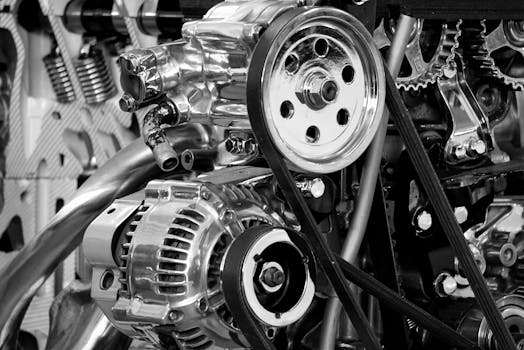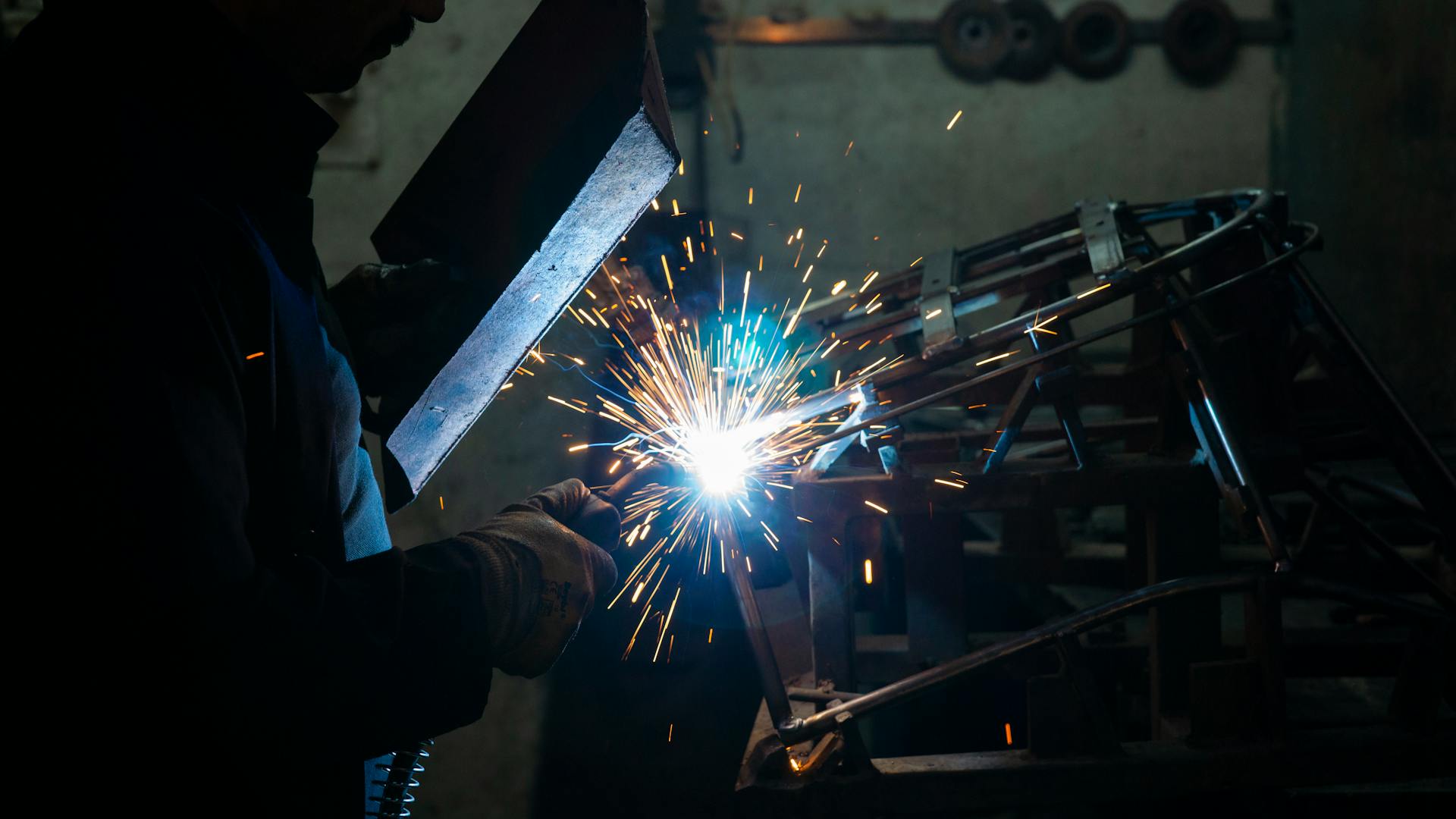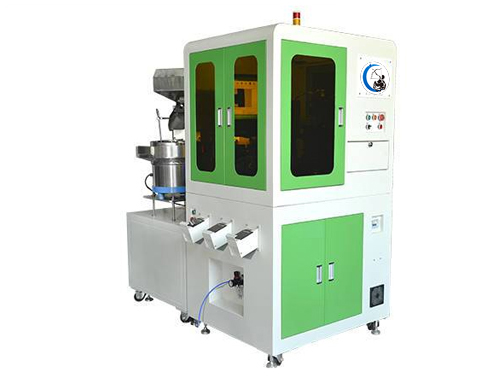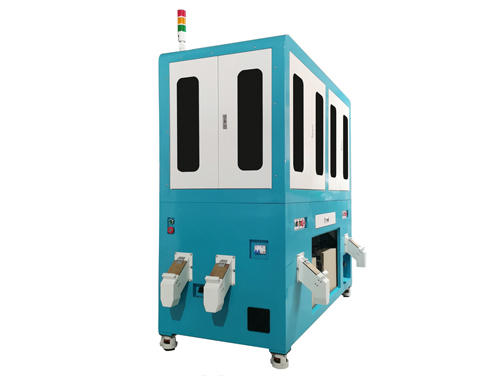
Application of 3D machine vision technology in automation
2025-05-15
Nowadays, the automation industry has higher and higher requirements for flexible production, and industrial machine vision products will gradually become smaller and smarter. 3D vision technology will be applied to more intelligent hardware products and widely used in 3D printing, assembly, construction, electronics, logistics, warehousing, manufacturing, medicine, agriculture and other production fields.
3D vision technology can be used to obtain the depth information of objects, and then through algorithm positioning, the machine can use and control materials more accurately during the production process, which can well meet the needs of various users in terms of precision, stability and ease of use.
Automatic loading and unloading
In the past, on the production line, materials were usually placed manually in the injection molding machine and then proceeded to the next step. Now, 3D camera equipment can capture and analyze the product image and output 3D data. Combined with the use of a robotic arm, the corresponding material can be placed in a fixed position, thus realizing automatic material separation.
Online detection
In manufacturing, each product needs to be checked for quality, and 3D machine vision can play a big role in this inspection scenario. By acquiring three-dimensional information, 3D cameras can conduct comprehensive and accurate inspections of products. For example, 3D cameras can efficiently complete tasks in character inspection, circuit board inspection, bottle cap inspection, glass bottle and medicine bottle defect inspection, etc.
Moreover, traditional product inspection often uses naked eye inspection, which has the disadvantages of insufficient accuracy, easy to make mistakes, unable to work continuously, high cost, etc., and is generally time-consuming and laborious.
Appearance measurement
The application of 3D machine vision technology in industrial production can achieve true non-contact measurement. Because it does not require contact and can be wear-free, it avoids secondary damage to the product that may be caused by contact measurement. And the use of 3D vision products to measure the appearance of objects will have higher accuracy, speed, and performance than traditional caliper measurement. This will help improve the overall manufacturing level of precision instruments.
Identification and positioning
What is visual positioning? It means accurately identifying products and confirming their positions. For example, in the field of semiconductor manufacturing, the adjustment and picking of chip position information is often complicated, and 3D cameras can quickly identify chips and analyze whether their positioning is accurate, thus solving this problem simply and effectively.





